Car Seat Safety Checklist
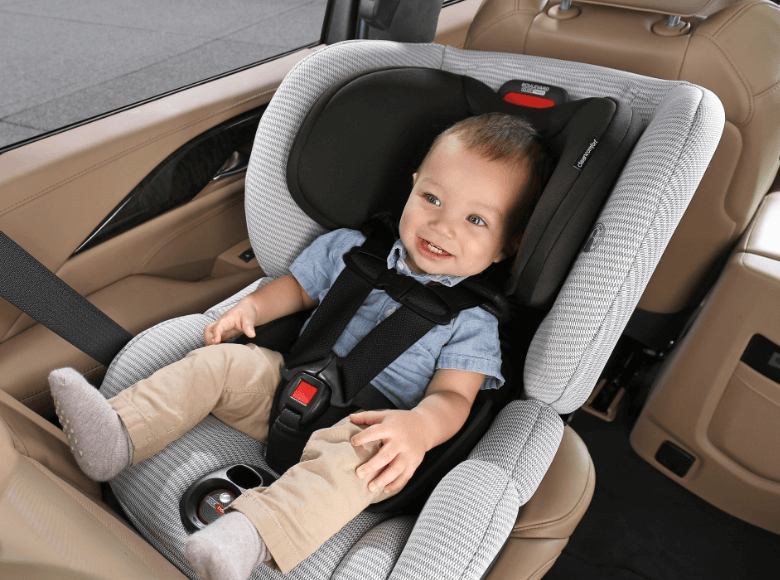
Before hitting the road with your little one, check these car seat safety tips off your list!
Have you read your car seat’s user guide?
When you’re installing your child's car seat, always refer to the user guide and/or labels on the side of the seat.
Is your car seat expired?
When you put your child in a car seat, you should be able to trust that it will provide the best protection possible during a crash. Environmental factors like sunlight and heat can cause the materials in a car seat to degrade over time, so you should always replace car seats after they expire. All Britax car seats have a product life between 6 – 10 years, depending on the model. This information can usually be found on a label on the car seat or in the user guide.
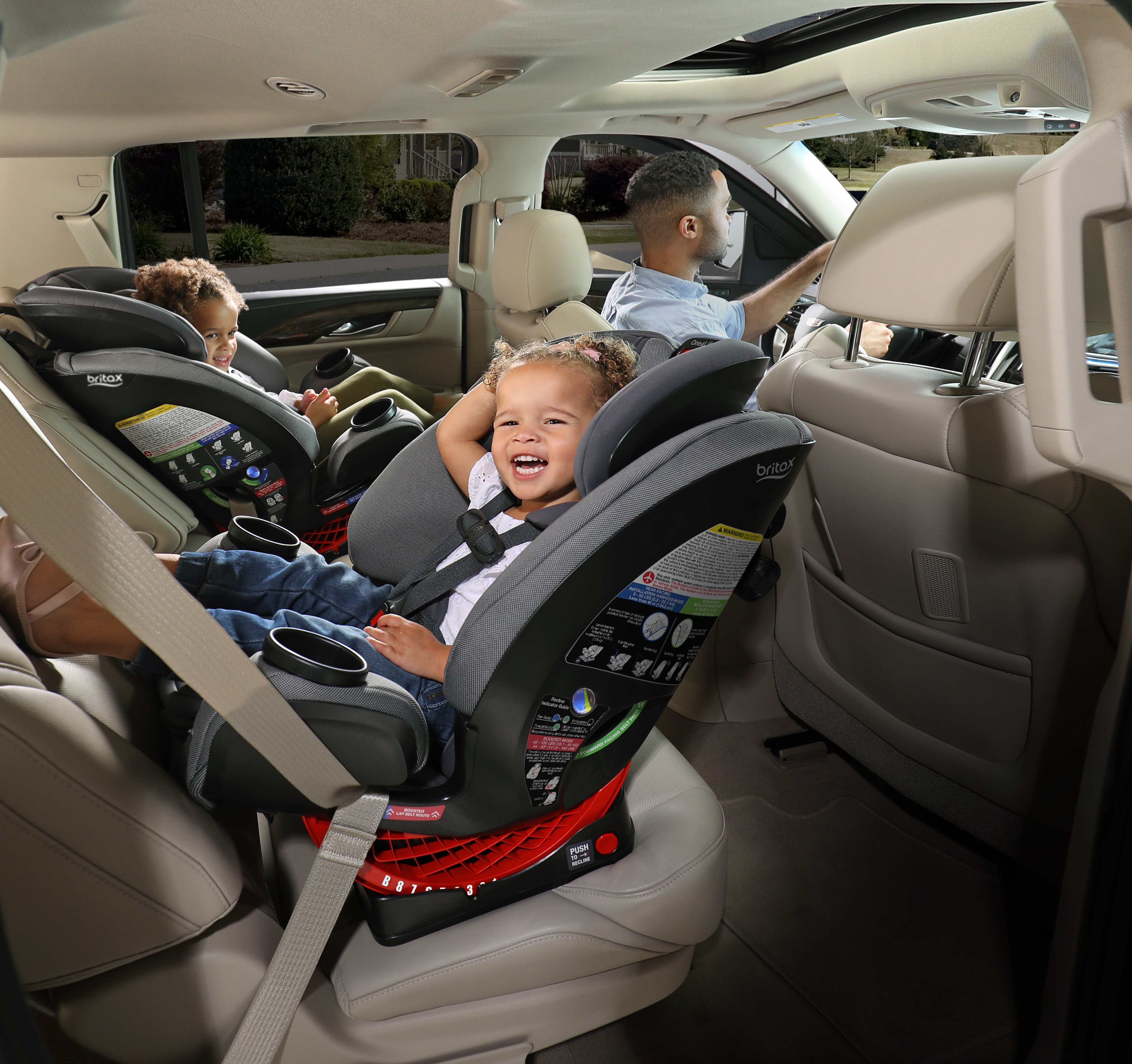
Is your child in the right position?
Children should ride rear-facing for as long as possible – until they reach the maximum height, weight and fitment requirements of the car seat. Rear-facing seats protect the neck and head by distributing the force of a frontal collision along the back of the seat.
Is the car seat installed correctly?
A car seat can only protect your child if it’s installed correctly. A securely installed car seat should not move more than 1 inch side-to-side or front-to-back at the belt path. If you’re having trouble installing your car seat, we suggest that you try the following:
- Try installing the car seat in another seating position in your vehicle. For example, if you can’t install it securely in the rear center seat, try an outboard position.
- Try installing the car seat using another installation method. For example – if you’re not able to get a secure installation using the LATCH system, try installing with the vehicle seat belt.
- Consider seeking help from a certified child passenger safety technician. You can find a technician or car seat check event in your area by visiting SafeKids.org.
When it comes to installing car seats, using the LATCH (Lower Anchors and Tethers for Children) system is a popular choice. But many caregivers aren't aware that the lower anchors have weight limits. And those limits can be different depending on which vehicle and car seat you have. So, if you choose to install your child’s car seat using lower anchors, be sure to check both the car seat user guide and your vehicle owner’s manual for the weight limits, and reinstall the car seat using the vehicle seat belt when your child reaches the limit.
For more on the LATCH system and lower anchor weight limits, visit About LATCH.
If you have a Britax ClickTight car seat, we’ve made it extremely easy to install it in three easy steps. Simply open, thread & buckle, and click it closed.
Remember—the safest car seat is the one you can install correctly. So, whichever method you choose, be sure you’re confident in your installation.
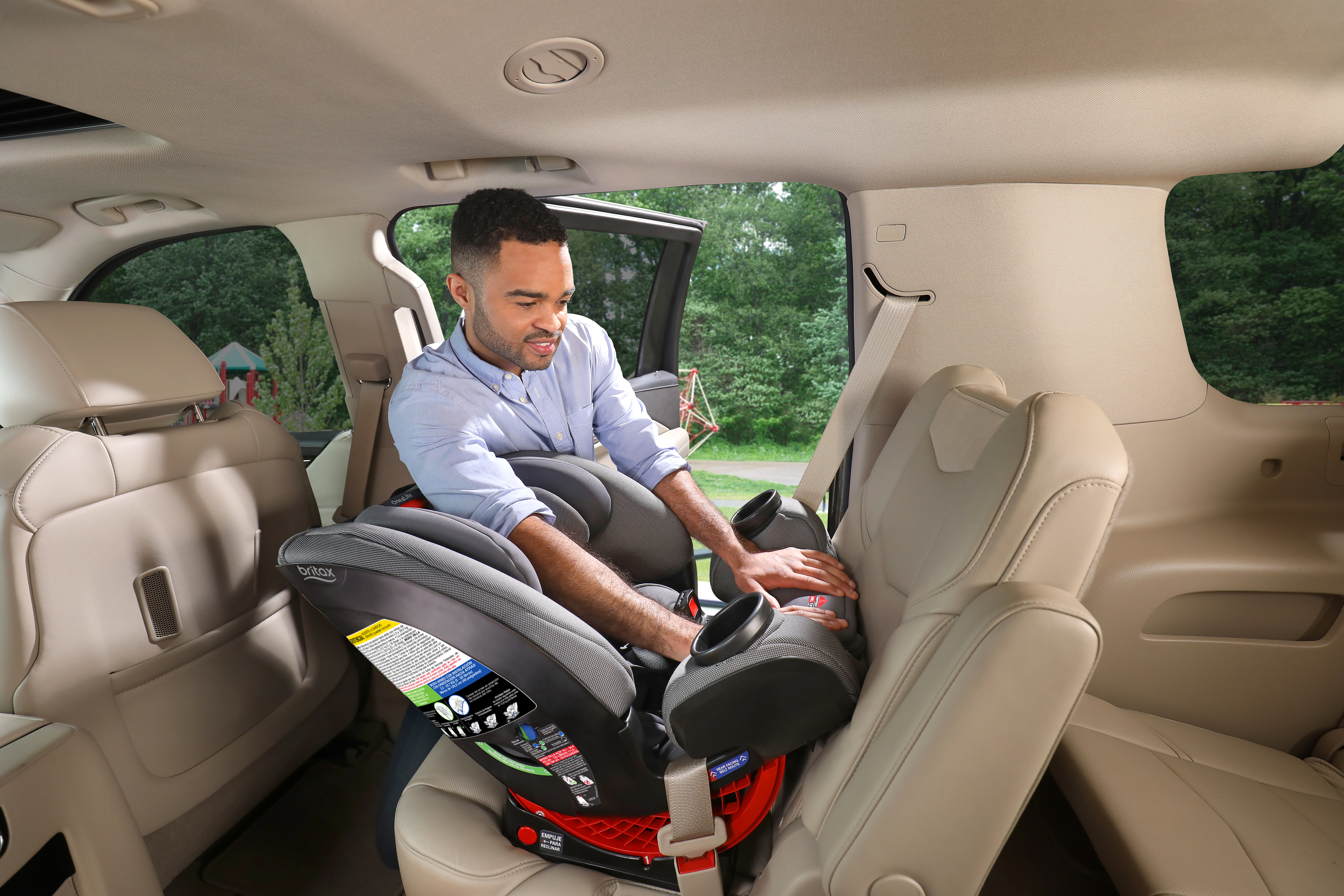
Rear-facing - Is the seat reclined to the proper angle?
When children are rear-facing in a car seat, it’s important for the seat to be installed in a reclined position to help keep baby’s head and neck supported and airways clear. The recline angle is especially important for young infants who are still developing head and neck control.
Forward-facing - Are you using the top tether?
When forward-facing, the use of a top tether can reduce forward movement by four to six inches. Always refer to your user guide for max weight limits and best practices.
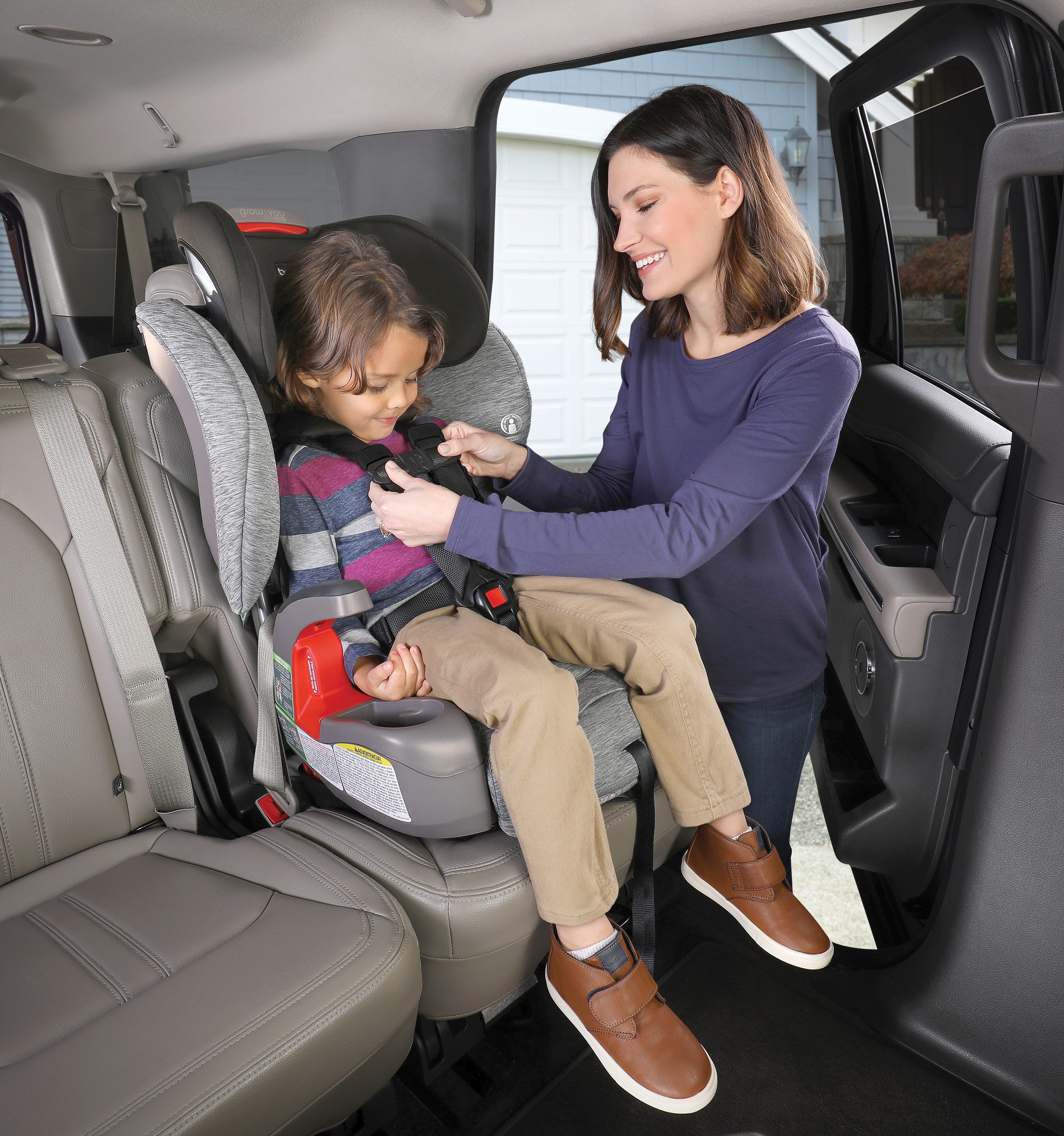
Is the harness in the correct position?
All children are different and grow at different rates, so be sure to keep an eye on how the harness height fits their body. For the best protection, the tops of the harness straps should generally be located as follows:
- Rear-Facing: At or slightly below your child’s shoulders
- Forward-Facing: At or slightly above your child’s shoulders
As always, be sure to check the harness recommendations for your specific product in the car seat manual.
Is the harness tightened properly?
Next, make sure your child’s harness is nice and snug.
To check if the harness is tightened properly, try the simple Pinch Test.
- Secure your child in the car seat, buckle the harness, and tighten the harness by pulling on the harness adjuster strap.
- Using your thumb and pointer finger, try to pinch one of the harness straps at your child's collar bone level.
- If you’re able to pinch the strap, the harness is too loose. You should not be able to pinch any excess webbing.
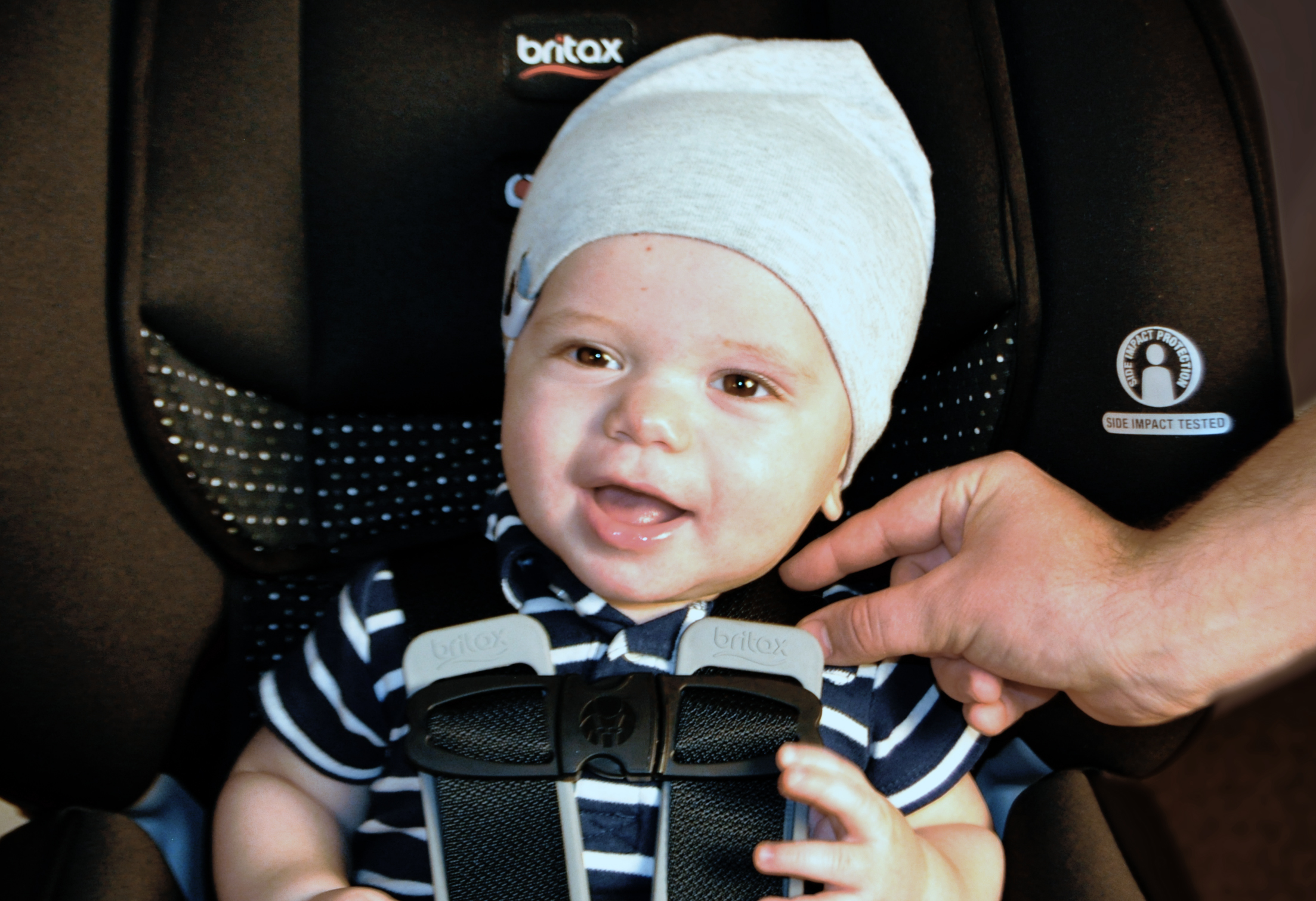
Is the chest clip in the right position?
As the name implies, the proper position for the chest clip is on your child’s chest, at armpit level. When properly positioned, this clip helps keep the harness straps up on your child’s shoulders prior to a crash so they can do their job and keep your child secure.
Now that you know your child is riding safely, you can just relax and enjoy the ride!